Suzuki Malaysia Automobile (SMA) unveiled the refreshed Suzuki Grand Vitara this afternoon at Empire Subang. Introduced in Japan in July this year, this is actually the third version of the third-generation Suzuki Vitara. The Grand Vitara has been around in its present form since 2005, getting a mild facelift in 2008.
This latest refresh sports a more obvious facelift than the 2008 model, with a new front bumper and grille being the main clues. Looks more premium to these eyes, especially with the new Gaia Bronze Pearl Metallic colour and new design 17-inch wheels.
No changes to the rear, which continues to have the prominent spare wheel housing that’s almost extinct these days. Another unique Vitara feature is of course the sideways-opening rear hatch.
The Vitara’s front bumper under garnish is now made of SSPP (Suzuki Super Polypropylene), which the company claims is lighter and remains unpainted to make scratches less noticable.
Inside, the Grand Vitara’s tidily arranged cabin gets new seat fabric and door inserts.
No mechanical changes other than the inclusion of what Suzuki calls “brake override system”, which was also added to the facelifted SX4. It basically gives priority to the brake pedal when both it and the accelerator pedal are depressed at the same time. So, the car will stop in a “sticky gas pedal” situation.
Otherwise, the built-in ladder frame Grand Vitara is powered by the familiar J20A 2.0 litre engine with 138 horses (not 104 PS as stated in the brochure) and 183 Nm of torque at 4,000 rpm, paired to a four-speed automatic gearbox.
The Grand Vitara 2WD is rather unique in having a rear-wheel drive layout, as opposed to the usual FWD. Note that the engine is mounted longitudinally as well.
The Suzuki Grand Vitara, which is imported CBU from Japan, is priced at RM121,100 on-the-road with insurance. Live gallery from the event is after the jump.
Looking to sell your car? Sell it with Carro.

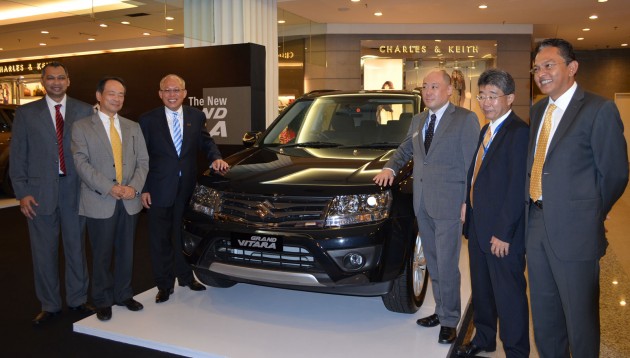
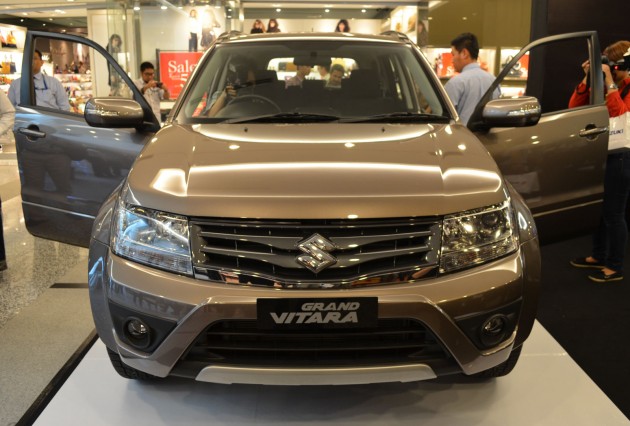
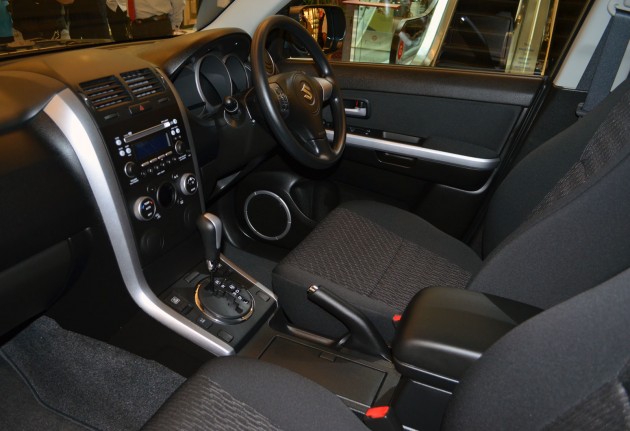
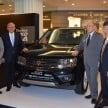
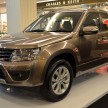
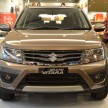
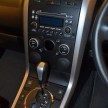
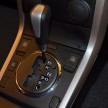
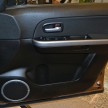
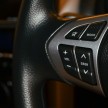
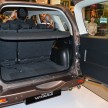
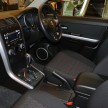
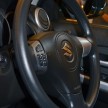
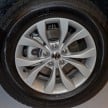
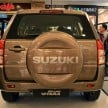
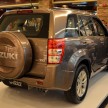
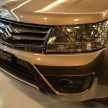



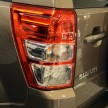
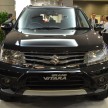
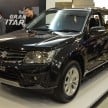
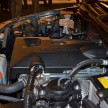
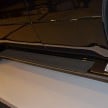
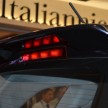
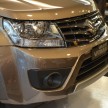
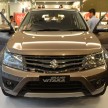
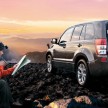
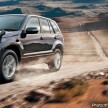
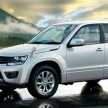
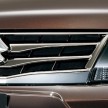
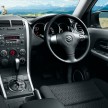
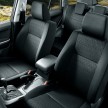
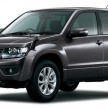





AI-generated Summary ✨
Comments on the Suzuki Grand Vitara facelift highlight its dated interior and basic exterior design, with some praising its rugged, timeless look and good value for the price. Many appreciate the CBU Japan model's affordability, but some criticize its old engine and lack of modern features like AWD and advanced safety tech. Several commenters mention the vehicle's good driving experience, low maintenance costs, and suitability for off-road use, though concerns about high fuel consumption and limited equipment are noted. The 4WD version is more expensive and less common, prompting suggestions for diesel variants. Overall, the car appeals to those seeking an affordable, durable SUV with traditional aesthetics, but some feel it needs a more modern engine and added features to compete better. Sentiments are mixed—moderately positive, with some drawbacks noted.